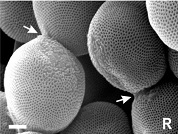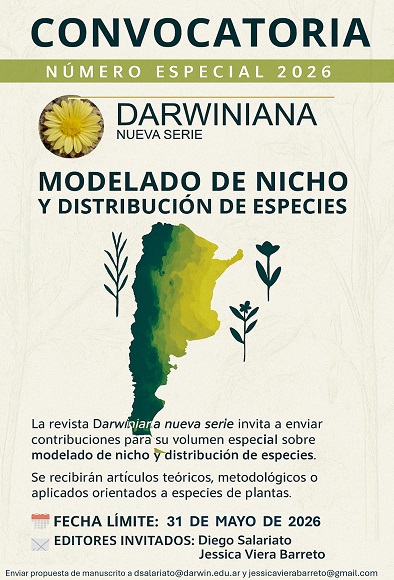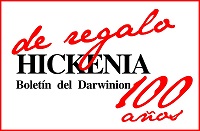Las especies de Splachnaceae (Bryophyta) de Tierra del Fuego, Argentina: las esporas y sus modos de dispersión
DOI:
https://doi.org/10.14522/darwiniana.2021.92.958Palabras clave:
Argentina, Bryophyta, entomocoria, esporas, morfología, Tayloria, Tetraplodon, Tierra del FuegoResumen
La familia Splachnaceae, es un componente briológico de los bosques templados de Nothofagus en la región fueguina de Argentina. Se halla representada por los géneros Tayloria con tres especies T. dubyi, (endémica), T. magellanica, T. mirabilis, y Tetraplodon con una única especie, Tetraplodon fuegianus. Crecen sobre sustratos orgánicos de origen animal y son la única familia de musgos en la zona que presenta entomocoria (i.e. dispersión de las esporas a través de insectos). A partir de material de herbario, se describen los caracteres taxonómicos de los gametofitos y esporofitos que permiten identificar a las especies. Las esporas fueron estudiadas con MO y MEB. Se observaron y analizaron los vectores de dispersión de Tayloria mirabilis y las adaptaciones morfo-ecológicas asociadas a la entomocoria. Los musgos se diferencian por los filidios y por la morfología y el color de las cápsulas de los esporofitos. Las esporas, similares en las especies estudiadas, se dispersan en masas pegajosas, son esferoidales, monoletes, 8-13 µm de diámetro, con ornamentación foveo-reticulada. Los agentes de dispersión corresponden en su mayoría al orden Diptera. La familia Splachnaceae ha desarrollado estrategias adaptativas en relación al sustrato (gametofitos coprófilos), en la morfología de los esporofitos con llamativas y vistosas cápsulas y en un modo particular de dispersión de las esporas por insectos. Todas estas adaptaciones morfo-ecológicas contribuyen a una acción efectiva de los agentes dispersores en la biocenosis muscinal.

Descargas
Publicado
Cómo citar
Número
Sección
Licencia

A partir de 2012, esta obra está licenciada bajo una Licencia Creative Commons Atribución-NoComercial 2.5 Argentina .
Cualquier obra derivada deberá estar previamente autorizada con nota escrita de los editores.







